Myanmar…Through the Funnel
Myanmar is the fifth in our series – “…Through the Funnel”. You can read our previous one on China here. It is a way for us to share 12 aspects that stood out to us in our experience of the country and its people. Did we miss something that stood out to you in Myanmar?
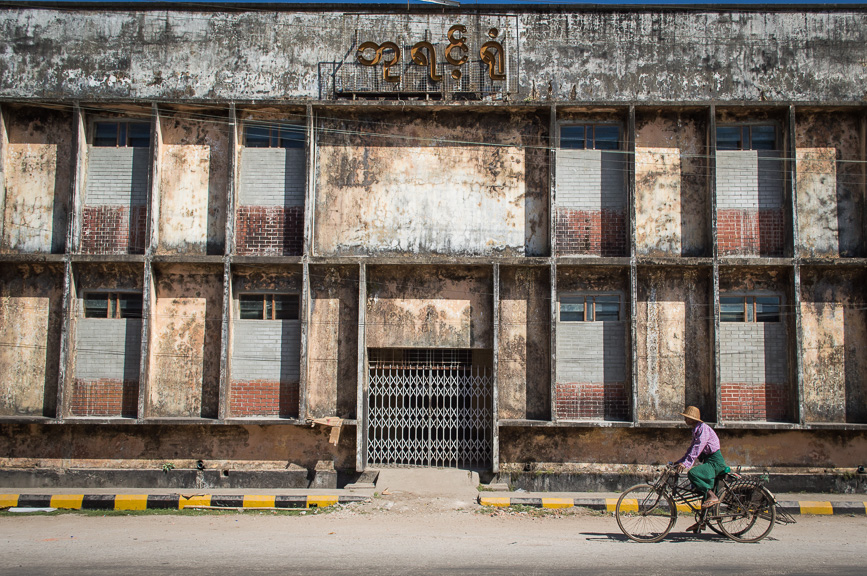
#1 Faded Melancholia
Myanmar is photogenic. It is a contemporary interior designer’s dream. If it were a woman, she would be the weathered It Girl in town. Retro, trendy and faded – straight out of a hipster magazine. Turquoise walls, pale orange facades, baby-chick-yellow buses and lavender cafés, everywhere you look is a creamy pastel melting into rattan textures and leather finishings. There is something melancholic in Myanmar’s beauty. Crumbling colonial buildings are held up by fragile plants, the soft sun shining in through the cracks. The old terrace columns seem to be held up by the electric cables that hang over streets, the ancient teak monasteries creak under our steps. The daily smoke from burning garbage filters the evening glow, casting a spell over a country going through significant political and economic changes. And it is stunning, absolutely stunning.
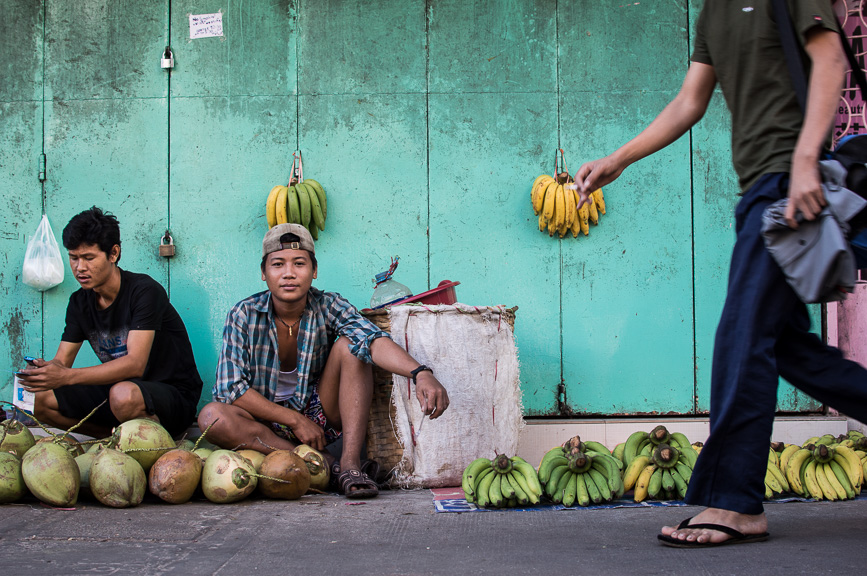

#2 The Land of Golden Stupas…
The most famous pagoda in Myanmar is the Shwedagon Pagoda in Yangon, but all over the country, the landscape is dotted with gilded towers. Peaking out from hills, thick forest, rice paddies, dense fog and riverside banks, the golden stupas shine in the light, glowing like beacons from every direction. The stupa began as a humble earthen burial mound, but after the parinirvana of Buddha, his remains were cremated and divided under eight mounds. For several centuries, there was no image of Buddha for people to worship, instead stupas were built to enable devotees to pay their respects. As the most religious Buddhist country in Asia (see point #8), Myanmar is bursting with places of meditation, brilliant and illuminated among the fields.
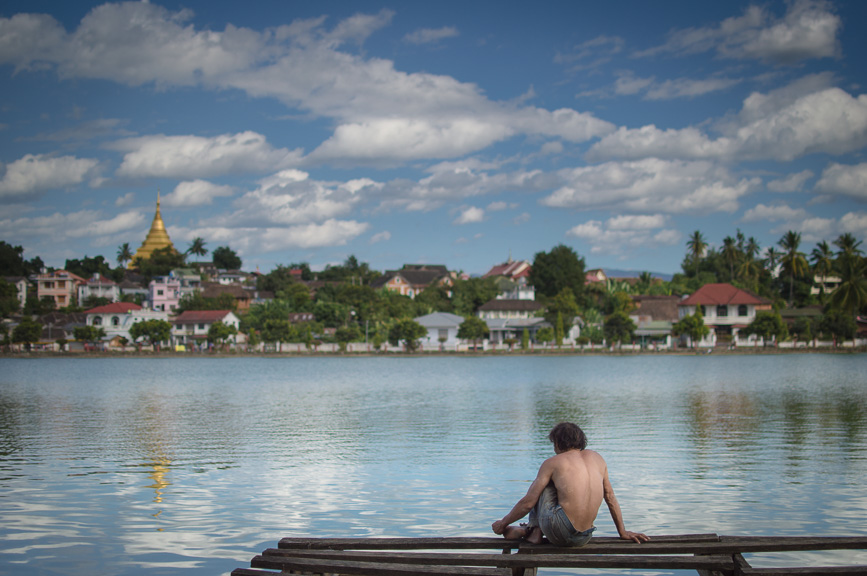
#3 …and Golden Smiles
Something happens when you receive a smile. Especially when you travel. Your heart beats faster, your breathing becomes lighter and suddenly a foreign place you know nothing about feels much easier. A smile given and a smile returned makes you notice all the positive details of a place and Myanmar is full of both. The people of Myanmar have been incredibly friendly, curiosity in markets is often rewarded with pride and laughter. Cycle through towns and villages and you will be welcomed with eager waves and “mingalabaaaar” (hello). Except in Hsipaw where all the children seemed to be waving “Bye!” “Bye!” with big smiles from every corner, an english teacher somewhere must be playing a joke or testing a theory.
#4 Thanaka Globes
The smiles of Myanmar are framed by thanaka cheeks. All across the country, women, children and young men have faces painted in ash blonde cream. Most often with a generous smear across the forehead and full globes on their cheeks, but at times creativity takes over with polka dots, flowers and powerful strokes. Used as a form of make up that is both pretty and acts as a sunblock, the cream also gives off a fragrance similar to sandalwood. Made by grinding the wood, bark and roots of the thanaka tree from the central region of the country, the cream has the added bonus of providing a cooling effect, essential for surviving the Burmese heat.

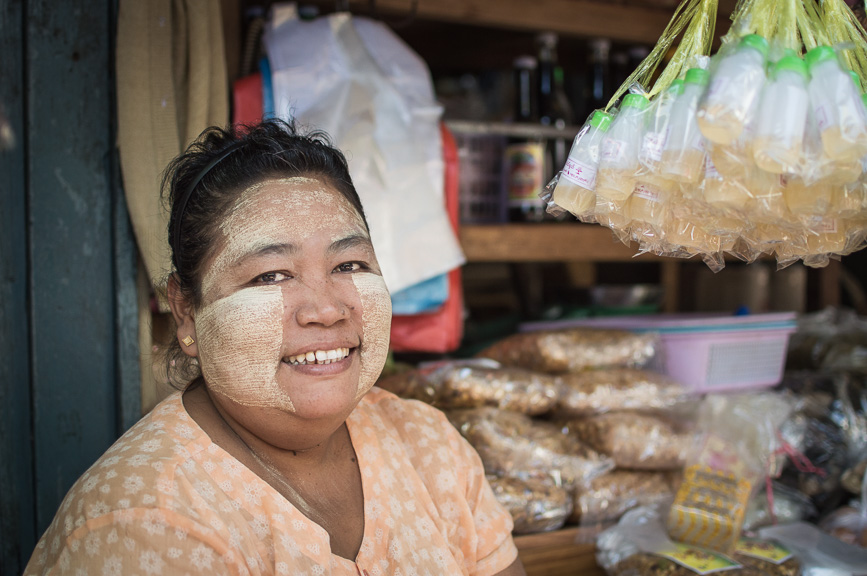
#5 Longyis
Men in skirts have never looked this good. Forget Scottish Kilts, it is all about the Burmese Longyi. Perfect for the hot humid weather, the majority of men and women in Myanmar wrap themselves in lengths of colourful cloth from waist to toe. In the past, it came in a more elaborate form of Paso for men and htamein for women. The current shape of longyi actually gained popularity during British colonial rule inspired by the Malay sarong and the Indian lungi. Women used to weave their family’s own patterns, with regional and ethnic preferences, but nowadays ready-to wear versions can be purchased in markets. A favourite fabric is often chosen unsewn, then taken to a tailor to measure and fit for 1000 kyat (US $1). The cylindrical tubes of cloth are then worn with a knot at the waist for men and a broad fold and smooth tuck for women. Stylish, practical and oh so comfortable.
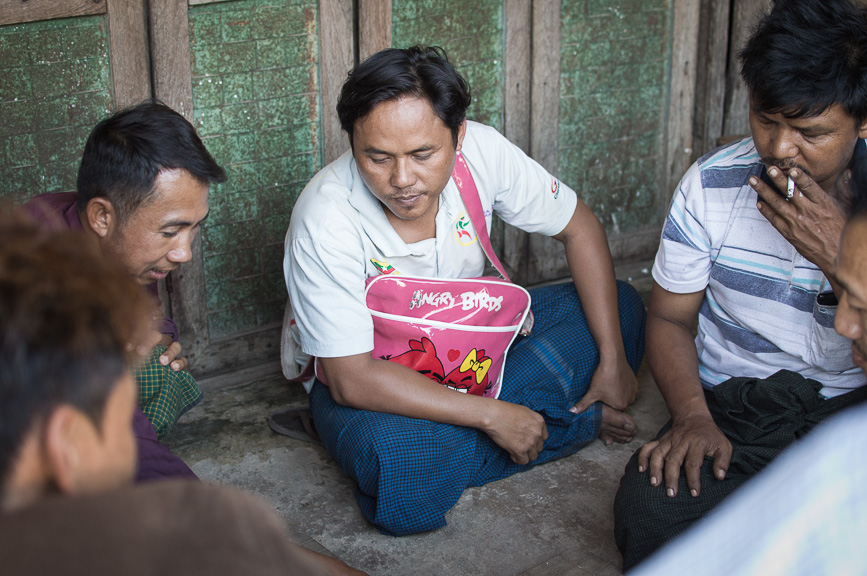
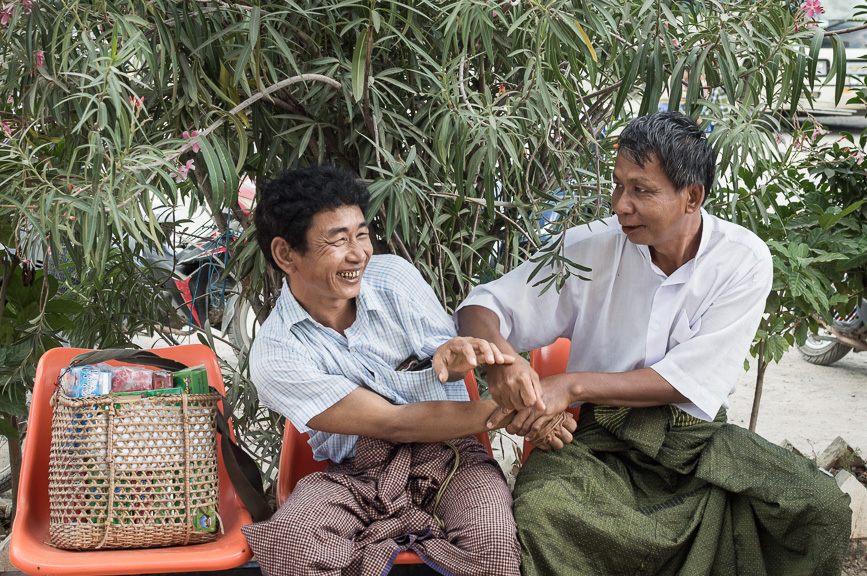
#6 Tattoos and Mohawks
The longyis worn by men are beautiful, but when lifted for convenience, a thigh with intricate tattoo is often revealed. Tattoos are far from taboo in Myanmar, different ethnic groups followed different customs, some focused on the back and arms, others on waist and legs. The Shan people believed that tattoos acted as protective charms and had spiritual properties. Men from the Bamar group were tattooed before becoming temporary monks, an important rite of passage. In more recent history, men tattooed themselves before fighting in the Saya San Rebellion against colonial rule, to protect themselves from bullets and knives. Still today monks roam the streets in burgundy robes and arms decorated with blue, green and black patterns. Among urban youth, sophisticated body art is usually accompanied by a hennaed mohawk and a single earring, thanaka optional.
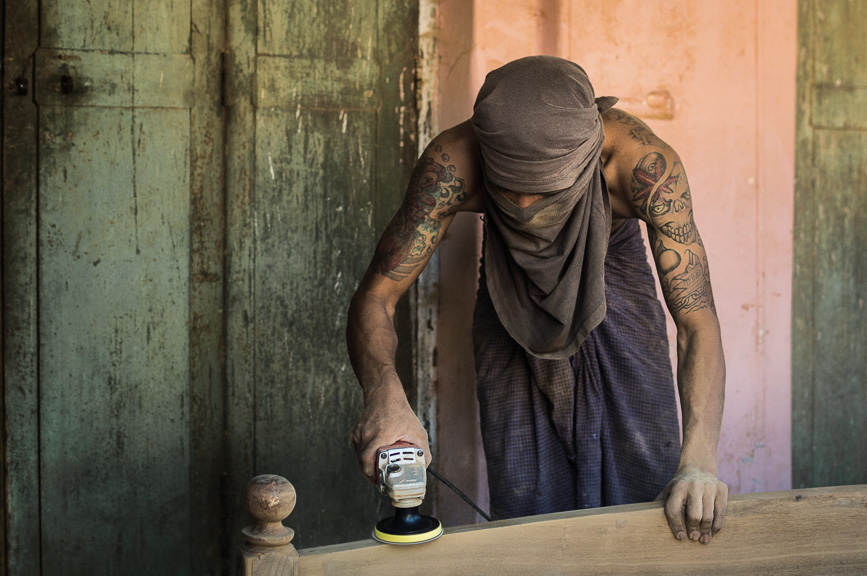
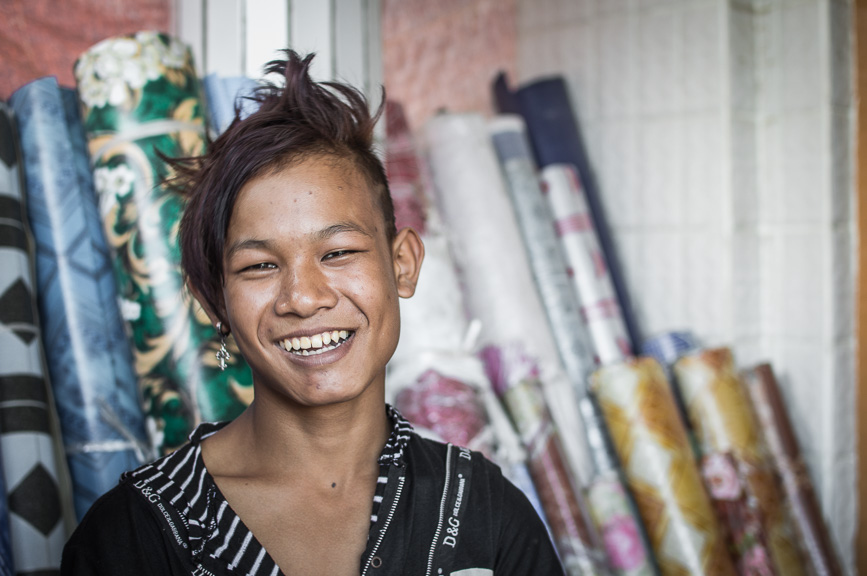
#7 You are no longer alone…but you can be
Myanmar has opened its door and the crowds are coming. On most “Places to Visit in 2015” lists, Myanmar will be featured. The temples of Bagan, the fishermen of Inle Lake, the treks of Hsipaw, irresistible to the curious traveller. This also means that increasingly you will not have it to yourself. Most photos of the sun setting over Bagan do not show you the crowd behind. Most photos of the fishermen at Inle Lake do not show you the packed tourists boats just a metre away. But there is a way to escape, a way to feel alone. Off the usual circuit, there are places on the edge of the country like Kyaingtong and Mawlamyine which require no permits, but still feel relatively undiscovered. Some of our best experiences in popular spots were found by grabbing a bicycle and going down small alleys in Mandalay or avoiding any of the temples listed in guidebooks in Bagan. There’s always a way.


#8 Religious fervour
Nowhere in South East Asia or South Asia have we seen so many monks and nuns still living from the local community. Extremely visible and seemingly integrated. Myanmar is seen as the most religious Buddhist country based on the proportion of monks in the population and the proportion of income spent on religion. Largely based on the Theravada tradition, it is estimated that around 89% of the country’s population practice Buddhism. Monks and Nuns make alms rounds in the early morning, with street stall vendors and shops dropping their contribution into copper pots without hesitation. Buddhists festivals are held year-round and dana – good deeds, such as feeding the pigeons on the streets of Yangon are undertaken to ensure favourable rebirth. With religion deeply rooted in daily life, Buddhist monks have played a crucial role in Burmese politics. The League of Young Monks from Mandalay is a well-known activist organisation and during the Saffron Revolution of 2007, they took part in mass protests against the military government. Unfortunately, an anti-muslim movement has also been building in the country with attacks on the Rohingya minority intensifying since 2013.
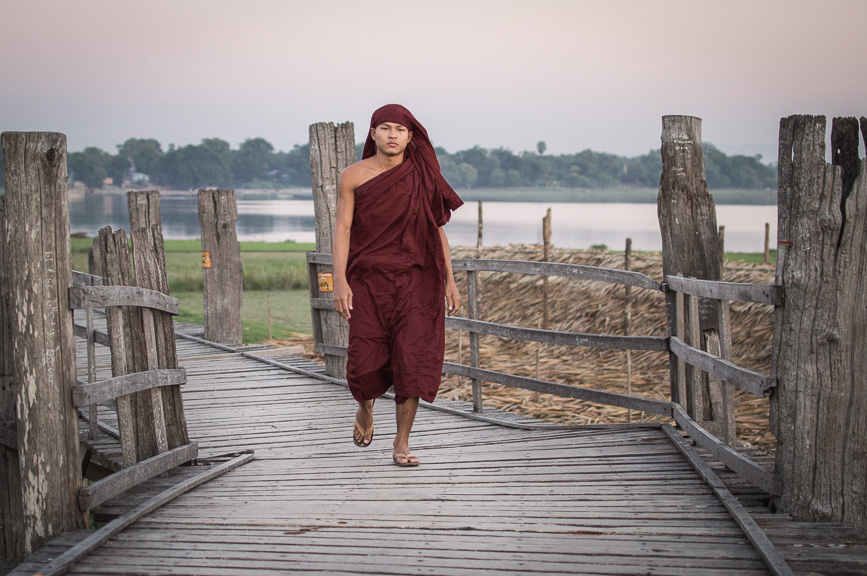
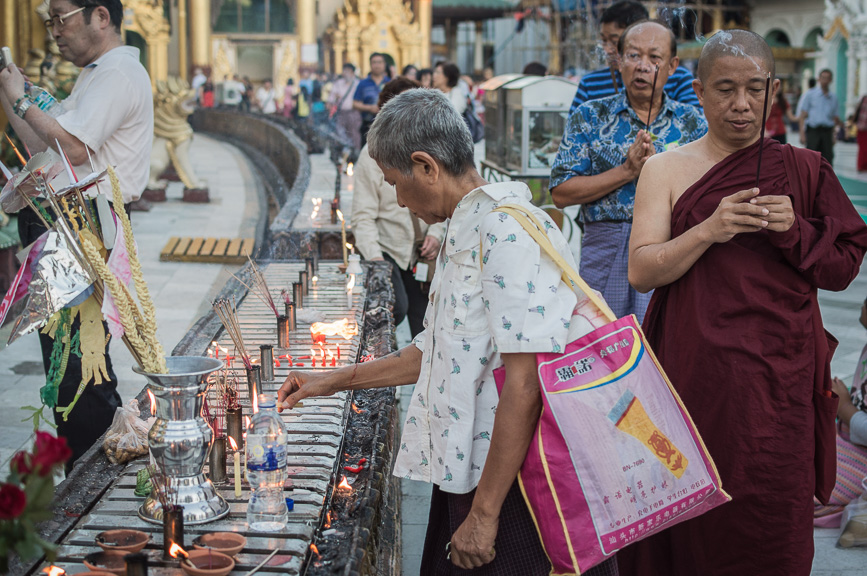
#9 Betel Addiction
Roll, chew, spit. The streets of Myanmar are painted red. Smiles are stained, deep blood red from a life of chewing areca nut wrapped in betel leaf. A practice popular in South and South East Asia, mobile betel carts are everywhere in this country. A vine leaf of betel, a brush of white sticky glue in the form of slaked lime (calcium hydroxide), a sprinkling of tobacco, a thin round of areca nut, a flake of cardamom and a few shreds of coconut wrapped up and popped into the mouth to be masticated for hours and spat out with gusto. The package is chewed as a stimulant, with familiar globs buried under round cheeks, one side normal, one side inflated. The brave will try it, but we guarantee you only the strongest will be able to abstain from spitting for more than 30 seconds.
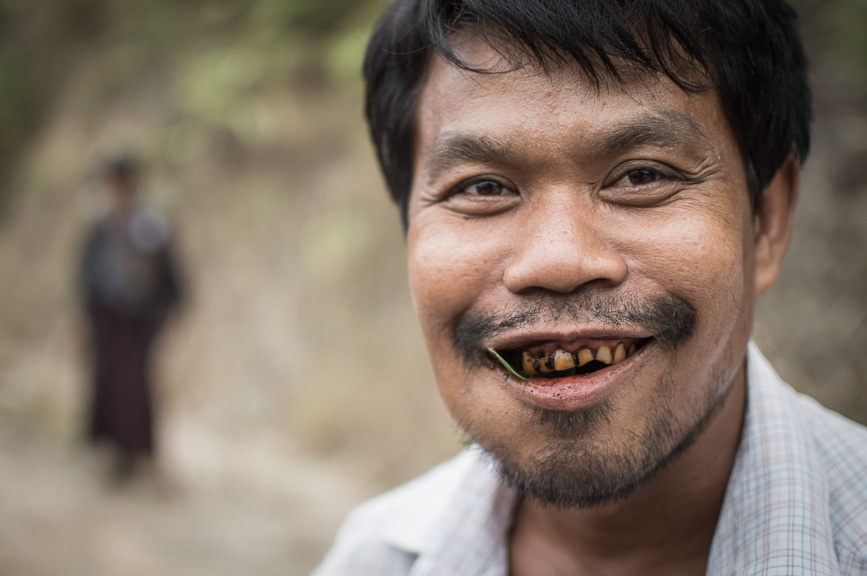
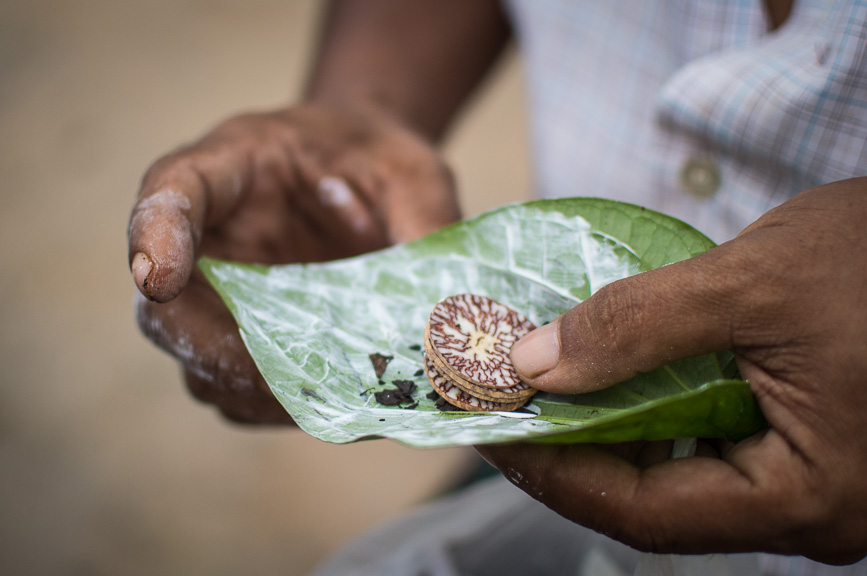
#10 Tiny Cups
If you’re a venti latte addict, forget about it in Myanmar. Hot drinks in Myanmar come in tiny cups. Mini portions of tea and coffee are usually served in simple white coffee cups or small glasses. But the drinks here are shaked up nice and strong, full-bodied with a hardy hit of sugar, so in this case, tiny is just the right size.
#11 Yangon Rocks
Yangon rocks. As far as cities go, it is one of our favourites from this journey to the east. Loud, chaotic and bold, it does not shy away from showing off its personality. Bright colours, pungent street food and terrible traffic embellish its centre. It changes its makeup on every corner – Chinese noodles, Indian samosas, tropical coconuts. Bloody meats hang in its markets, gross, intimidating and beautiful. The river port by the golden pagoda is busy, its workers unloading sacks of cargo from their backs onto trucks, a pencil given for every run and tallied up at the end to calculate their day’s pay. Yangon is a morning person, productive early on, exhausted by sun down. It is the city you come to for inspiration time and again, unearthing something new at every stage.
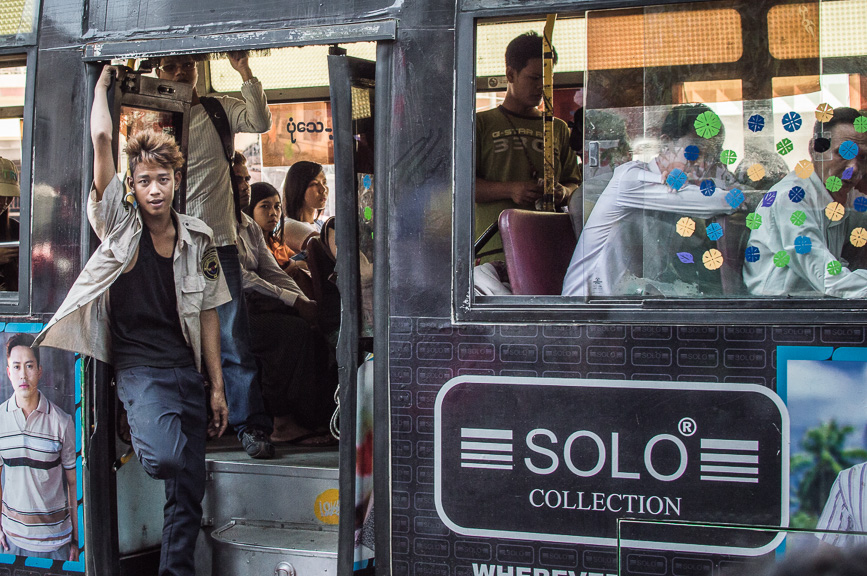
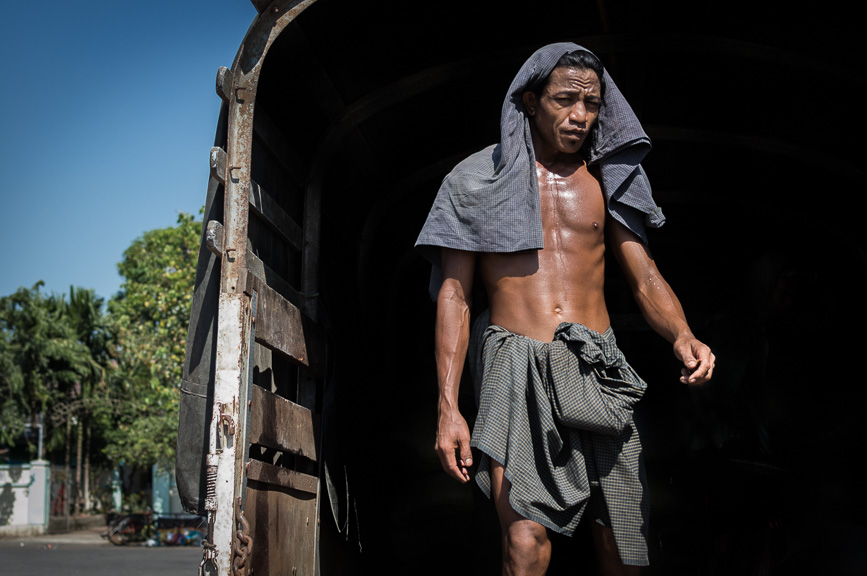
#12 Unforgettable Sunsets
We have seen many sunsets (like, seriously, many), but none as breathtaking as the ones in Myanmar. Maybe it was the season, maybe it is the latitude the country happens to be on, but they are unbeatable. For the context, for the simultaneous smells and sounds as the sun goes down. The palm trees swaying, the chanting mosque, the golden stupas, the ringing church, all carrying the thin fog of humid earth cooling down as the sky turns from lime to lemon to tangerine, then bursts of blood orange and pink grapefruit. Everyone is silent for that moment when the heavens grab a wet brush, dip it in black ink and glides it over, charcoal grey swallowing the blue citrus explosions as the night sky comes to stay.
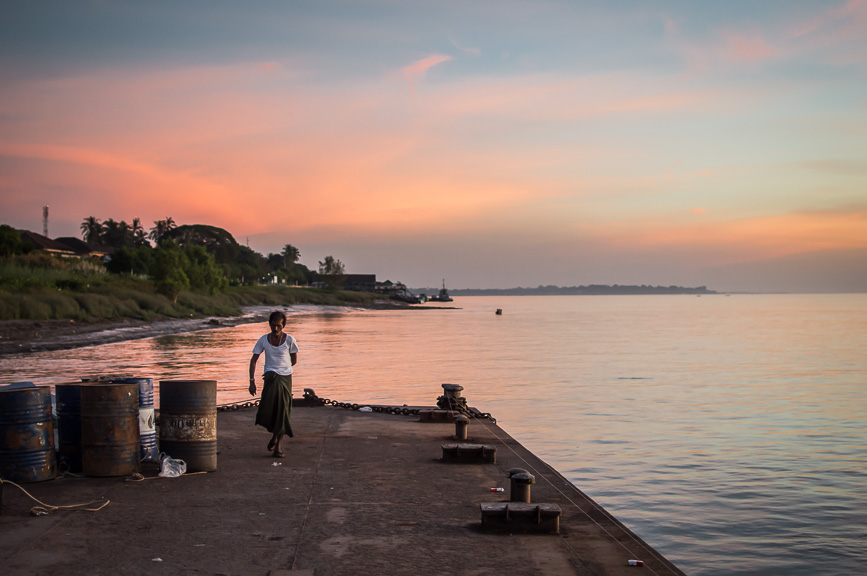

Wes Anderson when are you coming to film here? We’ve even found the Royal Myanbaums for you.








7 Comments
Richard
February 22, 2015Went to Myanmar/Burma in 2002 with a mate. Great trip… some parts of Yangon reminded me of Calcutta (one of my favourite cities), and our highlight was a hot air balloon ride over Bagan as the sun rose through the mist… great blog enjoying the photo’s ! 🙂
Nico & Gabi
February 23, 2015Thanks Richard! Myanmar is definitely a gem with a strong taste of India. Happy you got to enjoy the hot air balloon ride, must have been even more stunning in 2002!
Jenia
February 25, 2015Wow – you guys captured the country beautifully in this post. We spent about three weeks there last February. I saw your snapshot of everyone taking a smartphone picture — that’s another big one, I think, for Myanmar — capturing life on a smartphone, just like you would anywhere else in the world. We’ve been told by other travelers that just a year before our visit, hardly anyone had a mobile phone, let alone a smartphone. Cheers!
Daniel
July 13, 2015I found your Blog on Instagram!
Your pictures are awesome 😮
We are following your journey
Nico & Gabi
July 25, 2015Thanks Daniel!
Bhaskar
August 27, 2015Beautiful blog! Pleasant to read, all the while being informative. Please do check out mine on blog.antilogvacations.com. Would love to read a comment from your side. 🙂
vira
May 3, 2016Myanmar is one of my most memorable trips, done in 2013. Reading this post is like a super nice nostalgia, from saying Mingalaba (and then followed by sentences I didn’t understand at all by the locals) to my failed attempts of flying with the balloon (3-4 early mornings I woke up just to find that the wind situation wasn’t suitable for the balloon to fly. *sob* ). And I really enjoyed the temple visits, the biking around, and learning about thanaka from a local shop owner.
Thanks for sharing about your Myanmar trip! Great photos, too!